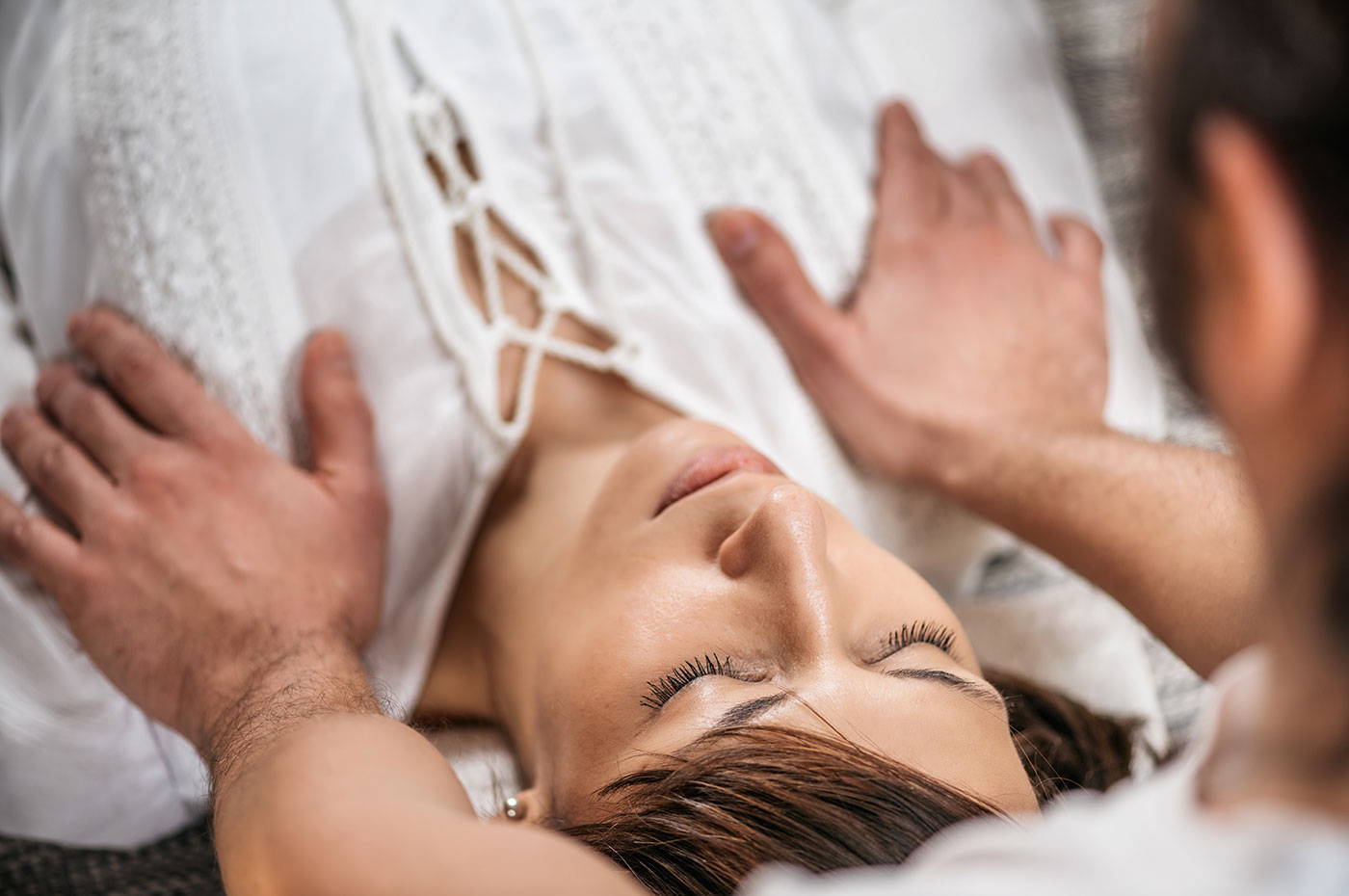-

FAQs
Frequently Asked Questions
What is Osteopathy?
This answer can depend on the type of Osteopath being seen. In the United States, there are Osteopathic Physicians who are MD’s, some of whom may practice osteopathic manipulative therapy (OMT) while others may have taken the role in the allopathic health care system as family physicians or specializing in areas of health care such as neurology, radiology, endocrinology, psychology, to name a few.
In Canada and abroad, osteopathy is a manual therapy. The human body is looked at as a whole functioning unit, where the location of pain may not be indicative to the actual issue that the body is dealing with.
Osteopathy was created in the late 1800’s by Andrew Taylor Still. For more information on AT Still, look in the History of Osteopathy section.
Does the name mean bone?
Yes, the name implies bone (osteo) however its original intent was that bone tissue (osteon), being the structural matrix of the body is suffering (pathos). A. T. Still, the founder of osteopathy, studied bone structure very thoroughly and that is how the name originated. (see the Definition of Osteopathy section)
What are you doing during the treatment?
Palpation in osteopathy (hands on touch) can be very gentle, to the point of feeling like nothing is going on, therefore the question gets asked frequently as to what it is that is being done. The osteopathic program at the Canadian College of Osteopathy is 5 years. This was to learn the science associated with health care, and manual therapy and osteopathy through palpation (touch). It takes quite some time to learn the precision and fine tuned sense of touch that allows a DO or DOMP to be able to feel restrictions in body tissues and help them to find a sense of balance or ‘release’ so that the normal functioning of the body can take place. Some techniques used can also feel painful, it is up to the client to let the practitioner know that this is too painful and allow for the practitioner to alter their level of pressure or technique.
